If you’re in and around the tech industry, you’ve probably noticed that hype is an everyday reality. People spend a lot of time talking about what trends and technologies are up and coming and what people need to be aware of – they just love it. Perhaps second only to the fashion industry, the tech world moves through ideas quickly, with innovation piling up upon the next innovation.
For the most part, our focus is optimistic: what is important? What’s actually going to shape the future?
But with so much change there are plenty of things that disappear completely or simply shift out of view. Some of these things may have barely made an impression, others may have been important but are beginning to be replaced with other, more powerful, transformative and relevant tools.
So, in the spirit of pessimism, here is a list of some of the trends and tools that might disappear from view in 2019. Some of these have already begun to sink, while others might leave you pondering whether I’ve completely lost my marbles.
Of course, I am willing to be proven wrong. While I will not be eating my hat or any other item of clothing, I will nevertheless accept defeat with good grace in 12 months time.
Blockchain
Let’s begin with a surprise. You probably expected Blockchain to be hyped for 2019, but no, 2019 might, in fact, be the year that Blockchain dies.
Let’s consider where we are right now: Blockchain, in itself, is a good idea. But so far all we’ve really had our various cryptocurrencies looking ever so slightly like pyramid schemes. Any further applications of Blockchain have, by and large, eluded the tech world. In fact, it’s become a useful sticker for organizations looking to raise funds – there are examples of apps out there that support Blockchain backed technologies in the early stages of funding which are later dropped as the company gains support.
And it’s important to note that the word Blockchain doesn’t actually refer to one thing – there are many competing definitions as this article on The Verge explains so well.
At risk of sounding flippant, Blockchain is ultimately a decentralized database. The reason it’s so popular is precisely because there is a demand for a database that is both scalable and available to a variety of parties – a database that isn’t surrounded by the implicit bureaucracy and politics that even the most prosaic ones do.
From this perspective, it feels likely that 2019 will be a search for better ways of managing data – whether that includes Blockchain in its various forms remains to be seen.
What you should learn instead of Blockchain
A trend that some have seen as being related to Blockchain is edge computing. Essentially, this is all about decentralized data processing at the ‘edge’ of a network, as opposed to within a centralized data center (say, for example, cloud). Understanding the value of edge computing could allow us to better realise what Blockchain promises.
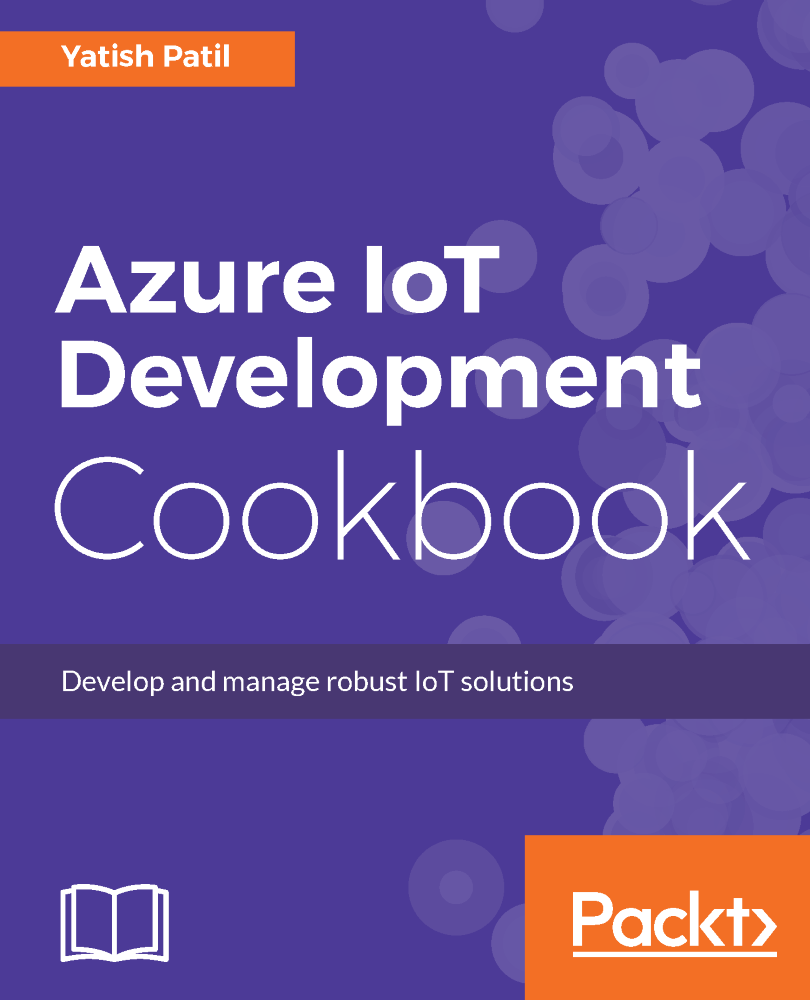
Learn edge computing with Azure IoT Development Cookbook.
It’s also worth digging deeper into databases – understanding how we can make these more scalable, reliable, and available, are essentially the tasks that anyone pursuing Blockchain is trying to achieve. So, instead of worrying about a buzzword, go back to what really matters.
Get to grips with new databases. Learn with Seven NoSQL Databases in a Week
Why I could be wrong about Blockchain
There’s a lot of support for Blockchain across the industry, so it might well be churlish to dismiss it at this stage. Blockchain certainly does offer a completely new way of doing things, and there are potentially thousands of use cases.
If you want to learn Blockchain, check out these titles:
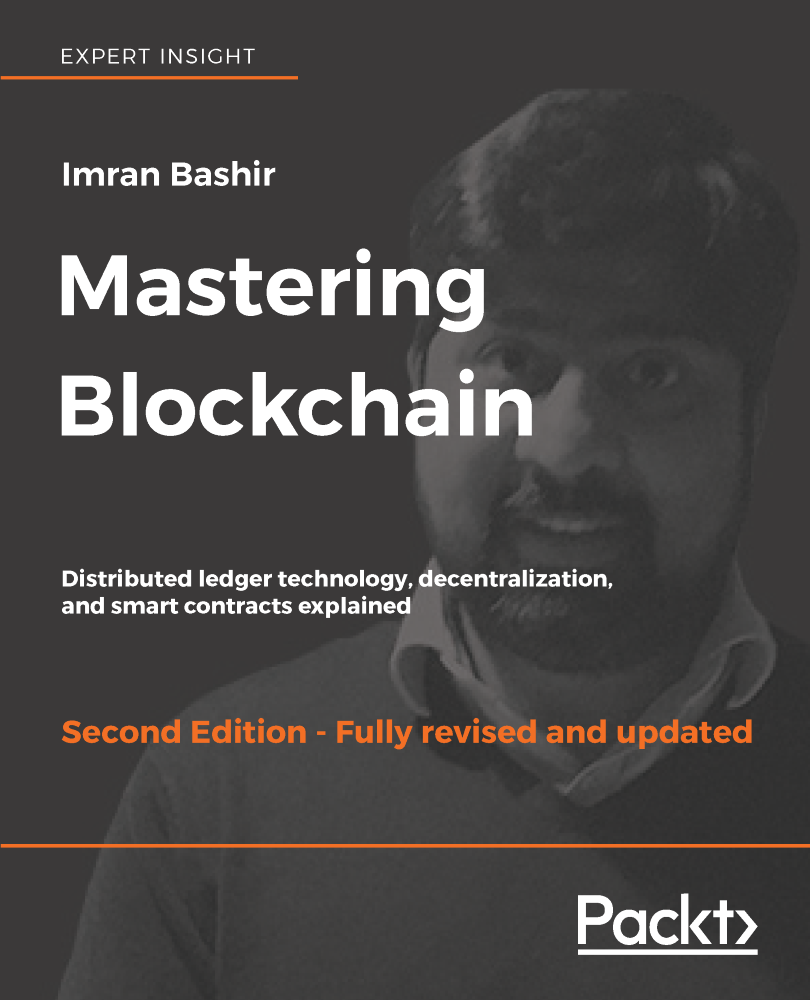
Mastering Blockchain, Second Edition
Foundations of Blockchain
Blockchain for Enterprise
Hadoop and big data
If Blockchain is still receiving considerable hype, then big data has been slipping away quietly for the last couple of years. Of course, it hasn’t quite disappeared – data is now a normal part of reality. It’s just that trends like artificial intelligence and cloud have emerged to take its place and place even greater emphasis on what we’re actually doing with that data, and how we’re doing it.
Read more: Why is Hadoop dying?
With this change in emphasis, we’ve also seen the slow death of Hadoop. In a world that increasingly cloud native, it simply doesn’t make sense to run data on a cluster of computers – instead, leveraging public cloud makes much more sense. You might, for example, use Amazon S3 to store your data and then Spark, Flink, or Kafka for processing.
Of course, the advantages of cloud are well documented. But in terms of big data, cloud allows for much greater elasticity in terms of scale, greater speed, and makes it easier to perform machine learning thanks to in built features that a number of the leading cloud vendors provide.
What you should learn instead of Hadoop
The future of big data largely rests in tools like Spark, Flink and Kafka. But it’s important to note it’s not really just about a couple of tools. As big data evolves, focus will need to be on broader architectural questions about what data you have, where it needs to be stored and how it should be used.
Arguably, this is why ‘big data’ as a concept will lose valence with the wider community – it will still exist, but will be part of parcel of everyday reality, it won’t be separate from everything else we do.
Learn the tools that will drive big data in the future:

Apache Spark 2: Data Processing and Real-Time Analytics [Learning Path]
Apache Spark: Tips, Tricks, & Techniques [Video]
Big Data Processing with Apache Spark
Learning Apache Flink
Apache Kafka 1.0 Cookbook
Why I could be wrong about Hadoop
Hadoop 3 is on the horizon and could be the saving grace for Hadoop. Updates suggest that this new iteration is going to be much more amenable to cloud architectures.
Learn Hadoop 3:
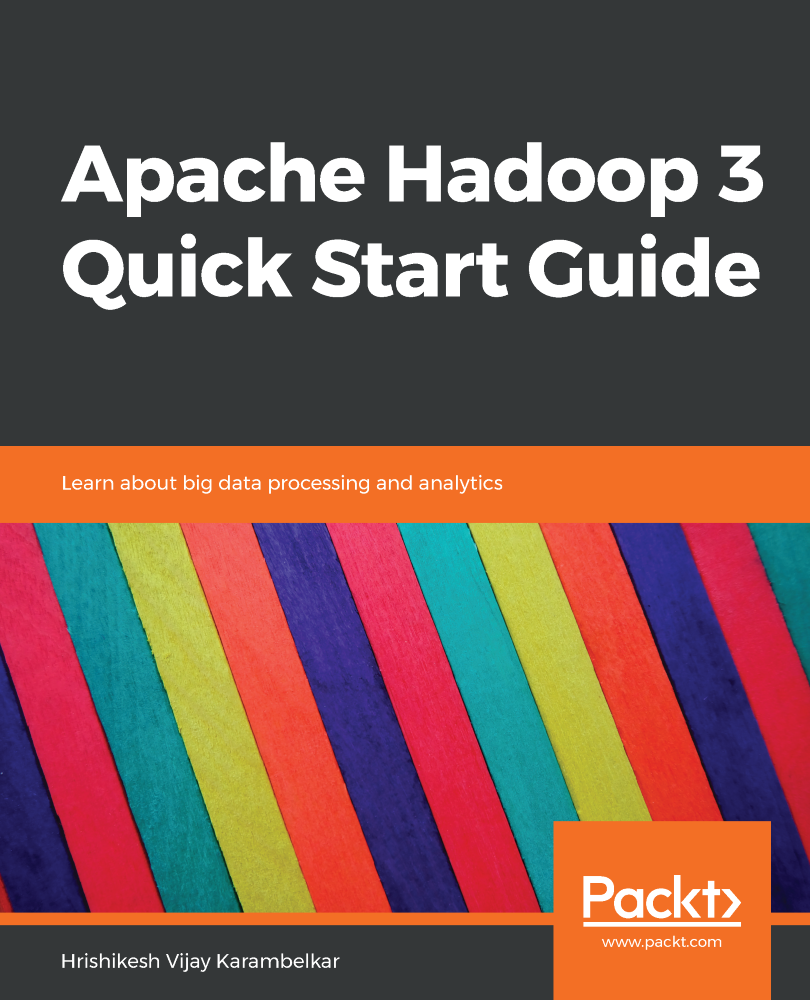
Apache Hadoop 3 Quick Start Guide
Mastering Hadoop 3
R
12 to 18 months ago debate was raging over whether R or Python was the best language for data. As we approach the end of 2018, that debate seems to have all but disappeared, with Python finally emerging as the go-to language for anyone working with data.
There are a number of reasons for this: Python has the best libraries and frameworks for developing machine learning models. TensorFlow, for example, which runs on top of Keras, makes developing pretty sophisticated machine and deep learning systems relatively easy. R, however, simply can’t match Python in this way.
With this ease comes increased adoption. If people want to ‘get into’ machine learning and artificial intelligence, Python is the obvious choice.
This doesn’t mean R is dead – instead, it will continue to be a language that remains relevant for very specific use cases in research and data analysis. If you’re a researcher in a university, for example, you’ll probably be using R. But it at least now has to concede that it will never have the reach or levels of growth that Python has.
What you should learn instead of R
This is obvious – if you’re worried about R’s flexibility and adaptability for the future, you need to learn Python. But it’s certainly not the only option when it comes to machine learning – the likes of Scala and Go could prove useful assets on your CV, for machine learning and beyond.
Learn a new way to tackle contemporary data science challenges:
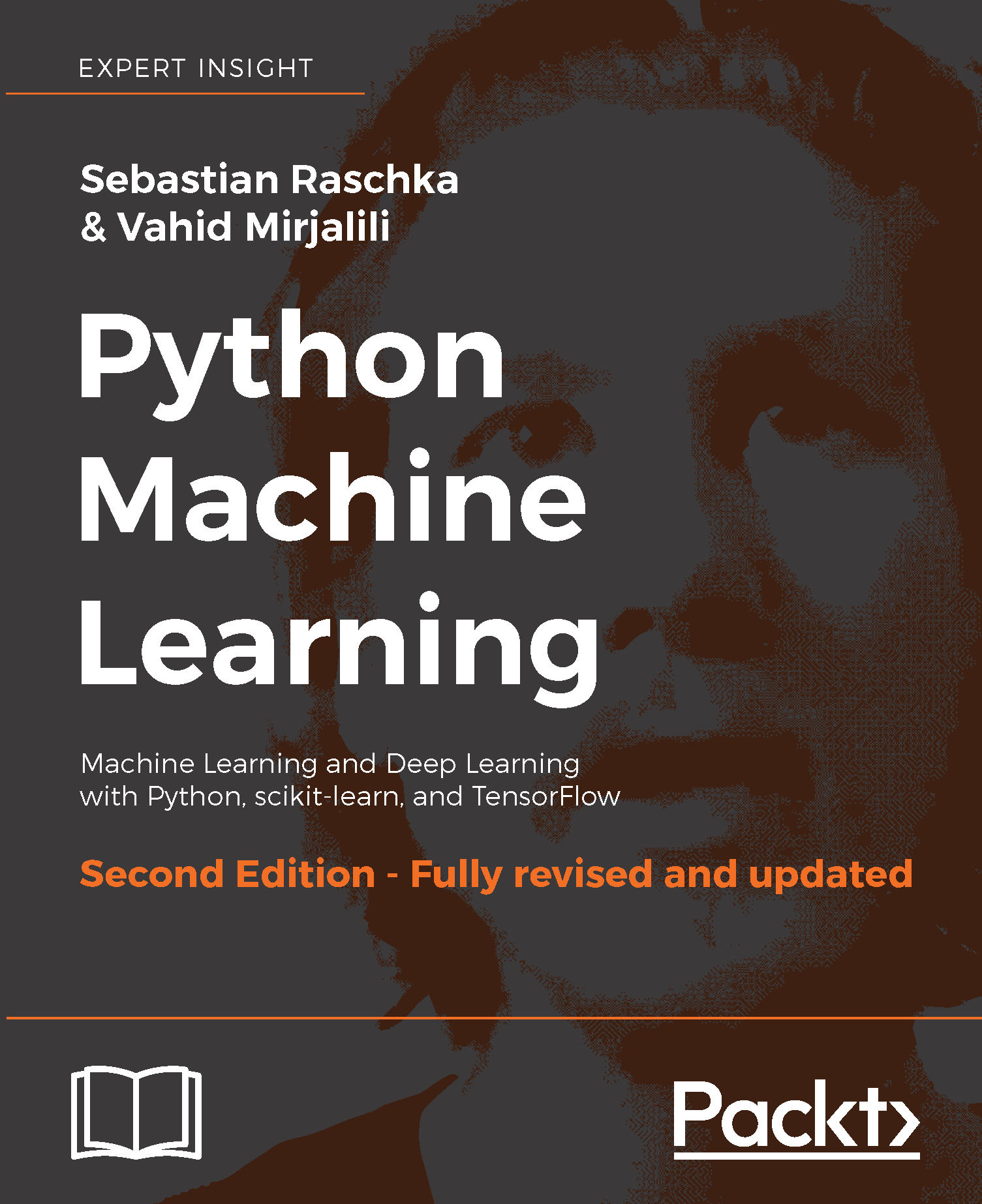
Python Machine Learning – Second Edition
Hands-on Supervised Machine Learning with Python [Video]
Machine Learning With Go
Scala for Machine Learning – Second Edition
Why I could be wrong about R
R is still an incredibly useful language when it comes to data analysis. Particularly if you’re working with statistics in a variety of fields, it’s likely that it will remain an important part of your skill set for some time.
Check out these R titles:
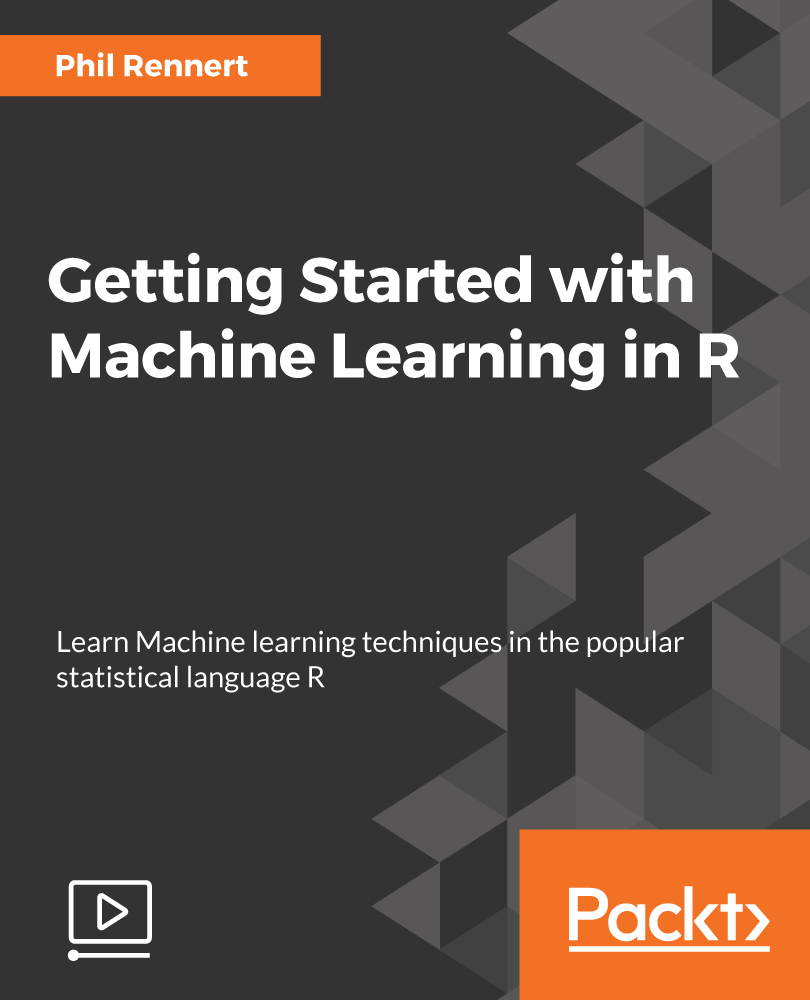
Getting Started with Machine Learning in R [Video]
R Data Analysis Cookbook – Second Edition
Neural Networks with R
IoT
IoT is a term that has been hanging around for quite a while now. But it still hasn’t quite delivered on the hype that it originally received. Like Blockchain, 2019 is perhaps IoT’s make or break year.
Even if it doesn’t develop into the sort of thing it promised, it could at least begin to break down into more practical concepts – like, for example edge computing. In this sense, we’d stop talking about IoT as if it were a single homogenous trend about to hit the modern world, but instead a set of discrete technologies that can produce new types of products, and complement existing (literal) infrastructure.
The other challenge that IoT faces in 2019 is that the very concept of a connected world depends upon decision making – and policy – beyond the world of technology and business. If, for example, we’re going to have smart cities, there needs to be some kind of structure in place on which some degree of digital transformation can take place. Similarly, if every single device is to be connected in some way, questions will need to be asked about how these products are regulated and how this data is managed. Essentially, IoT is still a bit of a wild west.
Given the year of growing scepticism about technology, major shifts are going to be unlikely over the next 12 months.
What to learn
One way of approaching IoT is instead to take a step back and think about the purpose of IoT, and what facets of it are most pertinent to what you want to achieve. Are you interested in collecting and analyzing data? Or developing products that have in built operational intelligence. Once you think about it from this perspective, IoT begins to sound less like a conceptual behemoth, and something more practical and actionable.
Why I could be wrong about IoT
Immediate shifts in IoT might be slow, but it could begin to pick up speed in organizations that understand it could have a very specific value. In this sense, IoT is a little like Blockchain – it’s only really going to work if we can move past the hype, and get into the practical uses of different technologies.
Check out some of our latest IoT titles:
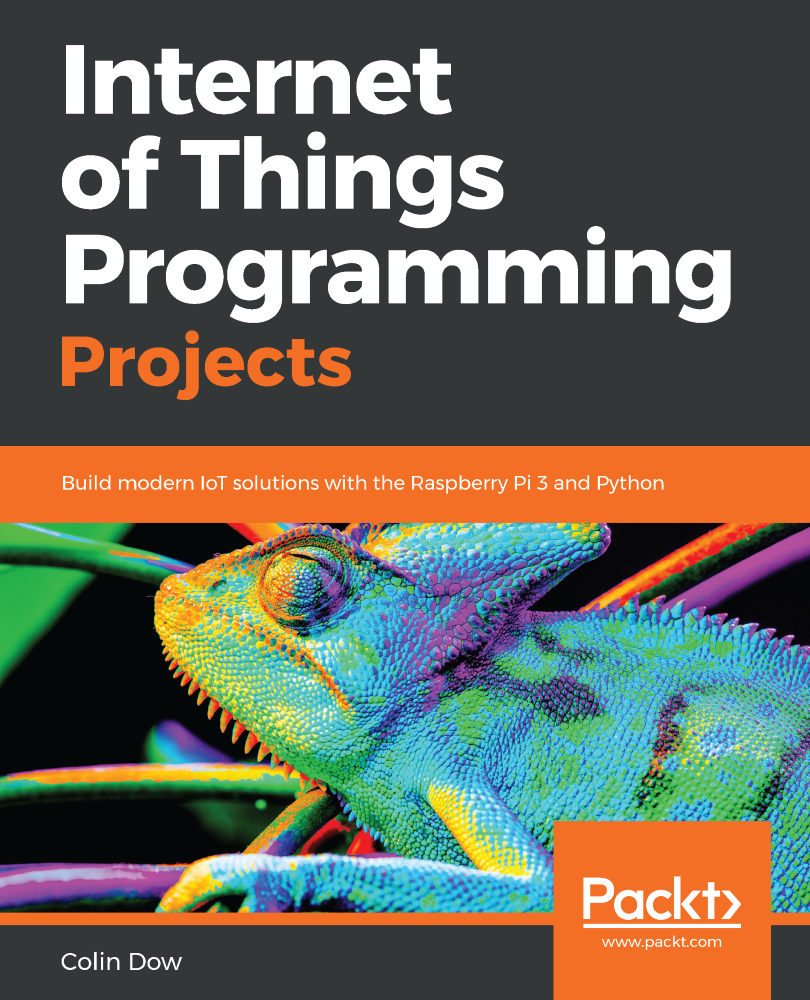
Internet of Things Programming Projects
Industrial Internet Application Development
Introduction to Internet of Things [Video]
Alexa Skills Projects
Does anything really die in tech?
You might be surprised at some of the entries on this list – others, not so much. But either way, it’s worth pointing out that ultimately nothing ever really properly disappears in tech. From a legacy perspective change and evolution often happens slowly, and in terms of innovation buzzwords and hype don’t simply vanish, they mature and influence developments in ways we might not have initially expected.
What will really be important in 2019 is to be alive to these shifts, and give yourself the best chance of taking advantage of change when it really matters.










![How to create sales analysis app in Qlik Sense using DAR method [Tutorial] Financial and Technical Data Analysis Graph Showing Search Findings](https://hub.packtpub.com/wp-content/uploads/2018/08/iStock-877278574-218x150.jpg)





